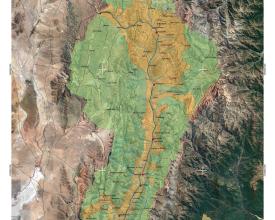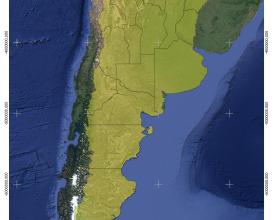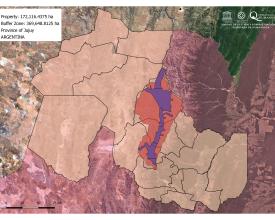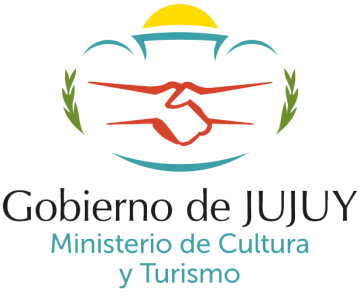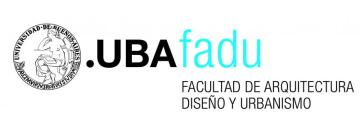
Interlinking research and practice for improving the management of the Quebrada de Humahuaca, World Heritage cultural landscape, Argentina
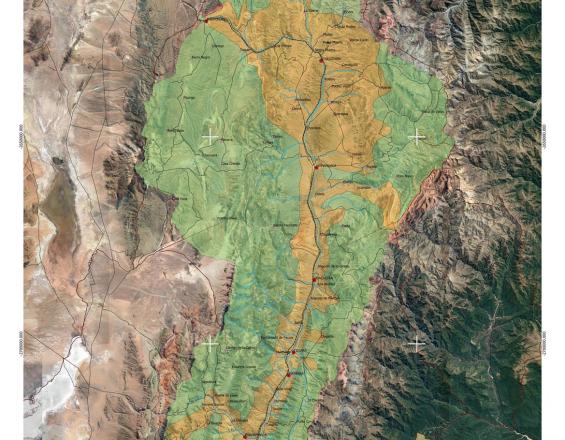
In the framework of the ICCROM-IUCN World Heritage Leadership Heritage Place Lab, the Research-Practice Team composed of Quebrada de Humahuaca Management Unit and the Universities of Buenos Aires and La Plata worked collaboratively on finding responses to the management needs of the site. A collaborative process was implemented between researchers and site managers based on meetings where the Team explored and found common interests and necessities defining their institutions’ and members’ specific roles.
The work was guided by the use of the Enhancing Our Heritage Toolkit 2.0 kit (EOH 2.0) aiming to identify a research agenda based on the management needs of the heritage place.
Working with the Tools related to the World Heritage (WH) place’s values and attributes, actors, and factors affecting the property, the collaboration started with a general discussion and a proposal of work division in order to collect information to be integrated and summarized in the Tools’ worksheets.
Impacts
The methodology proposed by the Heritage Place Lab allowed the Team to delve into the knowledge of the property and formalise lines of research that can effectively contribute to site management. The collaborative work between researchers and site managers identified the following management needs:
-Methodologies and tools for tourism planning in the WH property;
-Land use diagnosis;
-Guidelines for land use and land use change regulations;
-Elaboration of indicators to monitor impacts of factors affecting the property.
The process allowed to advance the identification of conflicts and threats to the heritage place, like the lack of articulation between the actors involved in heritage management, and the need to define the landscape units that compose the site.
The main gaps detected relate to the insufficiency of specific programs and plans to address some of the factors affecting the property, as well as the lack of a shared vision based on the Outstanding Universal Value of the property. The methodology also contributes to the development of a participatory management plan, understood as an evolutionary process. This will be further explored through the potential application of the EoH 2.0 Toolkit at participatory workshops with local communities.
